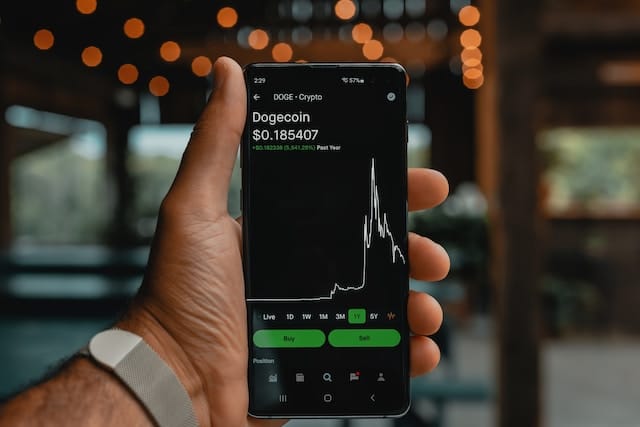In The world of financial markets, spot and futures trading are two prominent methods utilized by traders and investors. Both approaches have distinct characteristics that set them apart, influencing trading strategies and risk management. Understanding the key differences between spot and futures trading is essential for market participants to make informed decisions and navigate the complexities of the financial landscape effectively.
This article delves into the fundamental dissimilarities between spot and futures trading, shedding light on their unique features and implications for traders and investors alike.
Table of Contents
What You Should Know About Spot Trading
Spot trading refers to the purchase or sale of financial instruments, such as stocks, currencies, commodities, or cryptocurrencies, for immediate settlement and delivery. It’s pretty profitable among experienced and newcomers but for that it is needed to know FX trading explained for absolute beginners guide at first and then starting the type of spot trading. In spot trading, the transaction occurs “on the spot,” meaning the trade is executed instantly at the prevailing market price. Once the trade is completed, ownership of the asset is transferred immediately, and the buyer takes possession of the asset.
A typical example of spot trading is in the foreign exchange (forex) market, where currencies are bought and sold for immediate delivery. For instance, if a trader wants to buy euros with US dollars, they can execute a spot trade to receive euros at the current exchange rate on the same day. Similarly, in the stock market, investors can engage in spot trading to purchase shares of a company at the current market price and become immediate shareholders.
Futures Trading – The Key Aspects
Futures trading involves the buying or selling of financial contracts, known as futures contracts, which obligate the parties involved to transact a specified asset at a predetermined price and future date. Unlike spot trading, where the transaction occurs immediately, futures trading allows participants to speculate on the future price movements of an underlying asset without owning it physically.
For instance, in the commodity market, a farmer can engage in futures trading by selling futures contracts for the crop they plan to harvest in the future. By doing so, the farmer locks in a price for their produce, mitigating the risk of price fluctuations.
Similarly, investors in the financial markets can trade futures contracts on various assets, such as stock indices, currencies, or commodities, to profit from price movements without owning the actual asset.
Spot vs Futures Trading
Spot and futures trading are two distinct methods of trading financial instruments, each with its unique characteristics and implications for traders. Understanding the key differences between spot and futures trading is crucial for traders as it influences their trading strategies, risk management, and overall approach to the financial markets.
- Timing of Transaction: The primary difference between spot and futures trading lies in the timing of the transaction. In spot trading, the transaction is executed immediately at the prevailing market price, with the ownership of the asset transferred instantly. On the other hand, futures trading involves entering into a contract to buy or sell an asset at a predetermined price and future date, with the transaction settlement occurring at that specified date.
- Asset Ownership: In spot trading, the trader gains immediate ownership of the asset being traded. For instance, in spot forex trading, when a trader buys a currency pair, they obtain ownership of the purchased currency. In contrast, futures trading does not entail immediate asset ownership, as traders are only speculating on the future price movements of the underlying asset without physically owning it.
- Price Determination: The price in spot trading is determined by the prevailing market conditions at the time of the trade execution. In contrast, the price in futures trading is fixed at the time the futures contract is established, based on the expected future market conditions. This fixed price allows traders to hedge against potential price fluctuations.
- Delivery and Settlement: Spot trading involves immediate delivery and settlement of the asset, while futures trading involves delivery and settlement at the future date specified in the futures contract. This difference is particularly important for traders as it affects the timing of cash flows and potential profits or losses.
- Purpose: Spot trading is often used for immediate transactions, such as buying goods, currencies, or securities for immediate use or ownership. On the other hand, futures trading is commonly used for speculative purposes and hedging against potential price risks. For example, producers may use futures contracts to lock in prices for commodities they plan to sell in the future, mitigating the impact of price fluctuations.
- Risk and Leverage: Futures trading involves higher leverage compared to spot trading, as traders are required to post a margin (a fraction of the contract’s value) rather than paying the full asset’s value upfront. This higher leverage amplifies both potential gains and losses, making futures trading riskier.
Understanding the differences between spot and futures trading is crucial for traders to choose the most appropriate method based on their trading goals, risk tolerance, and investment horizon.


